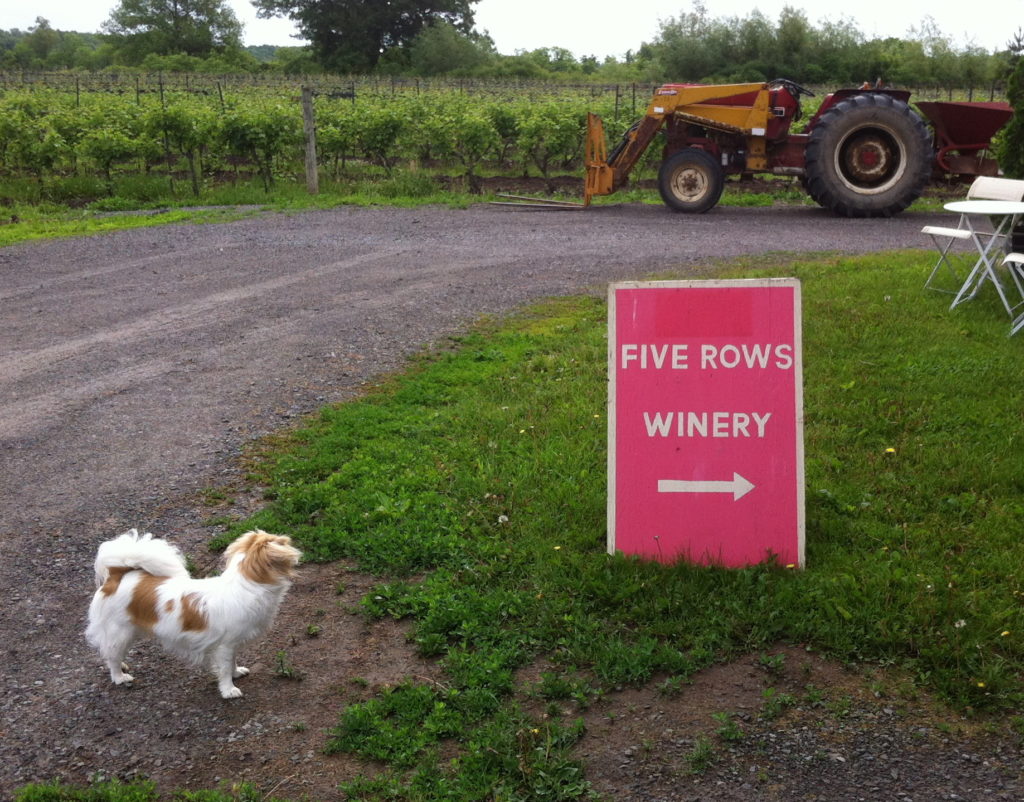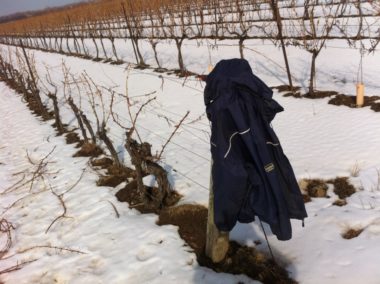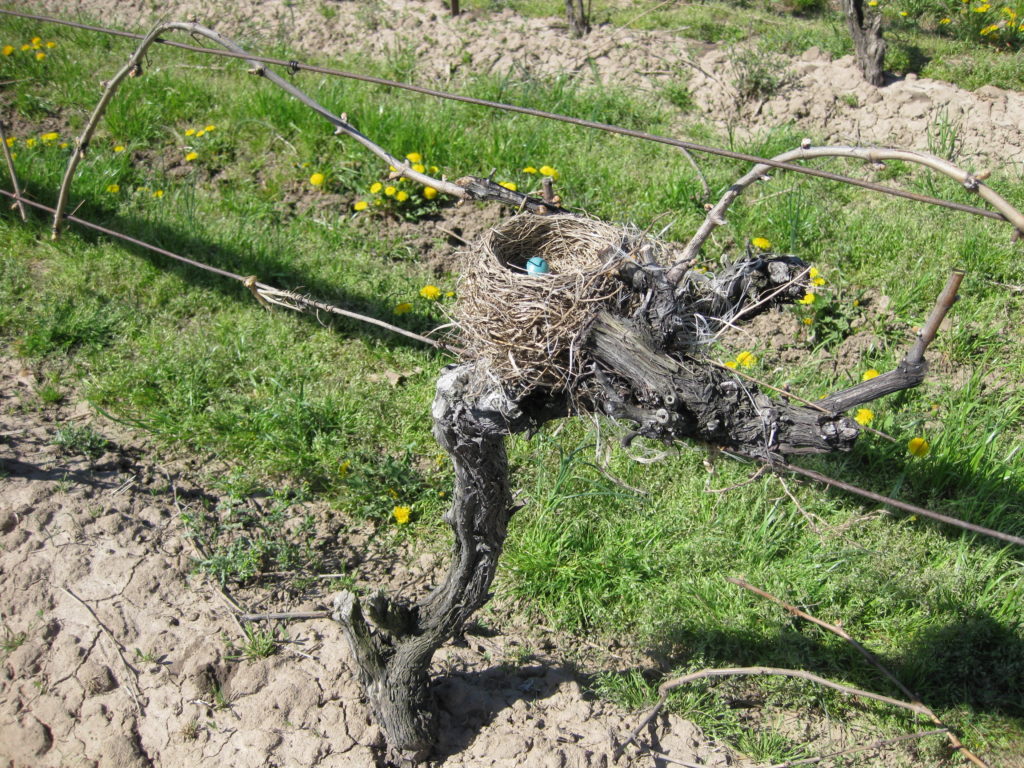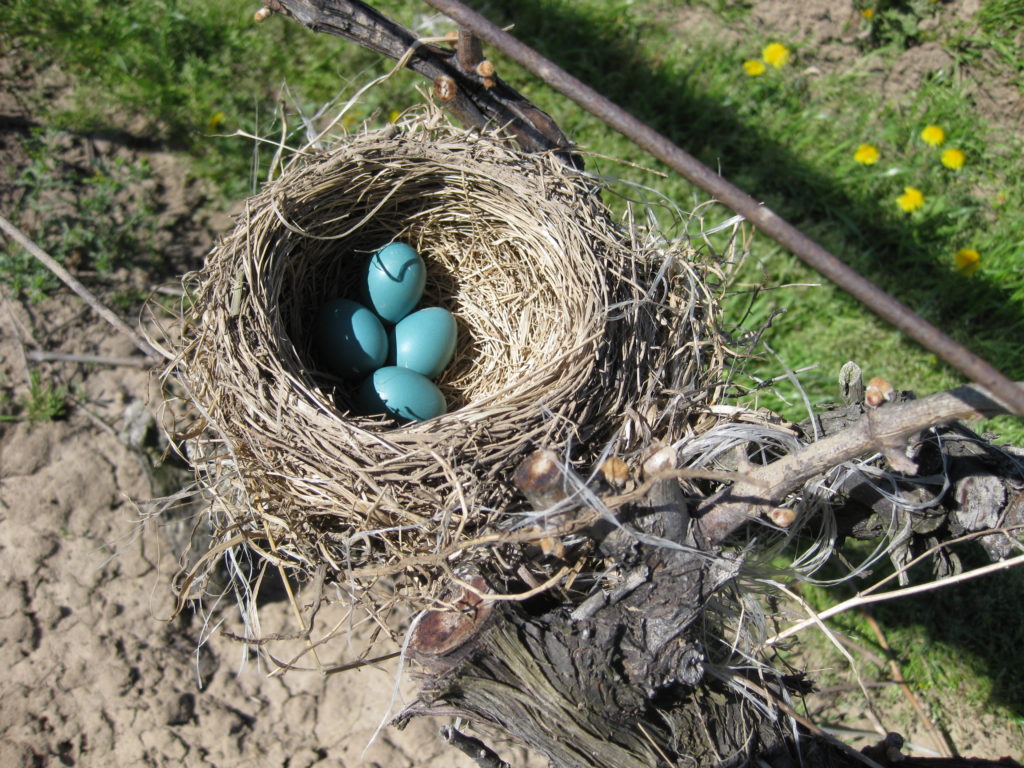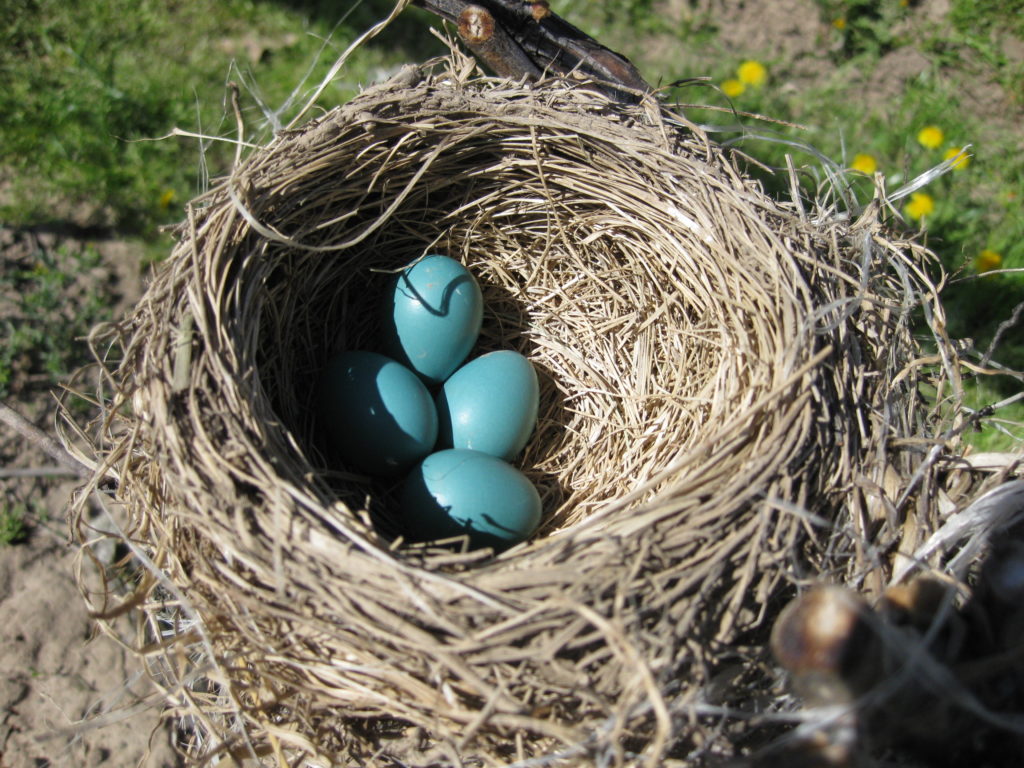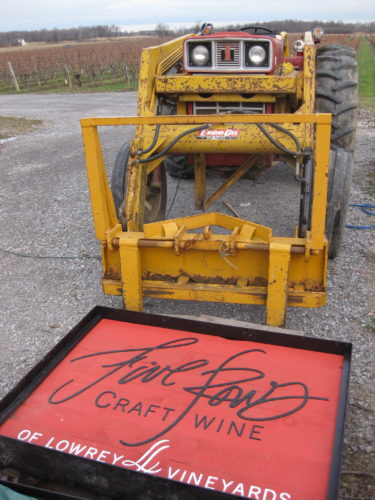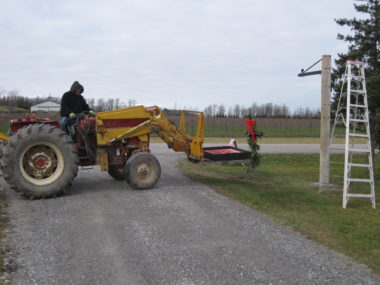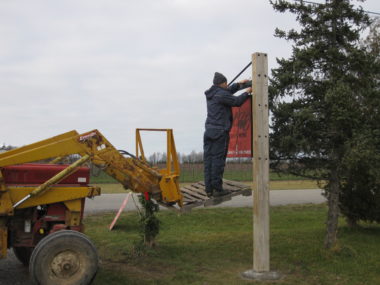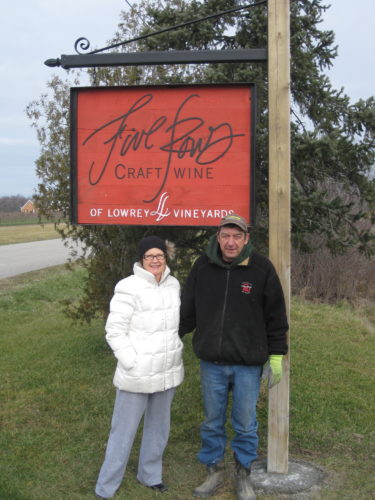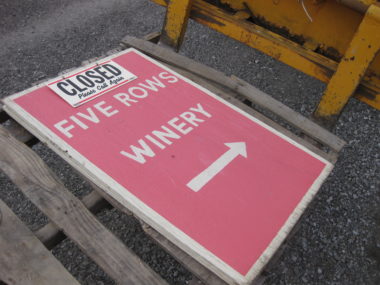If I’m guilty of anything during the busy build-up to harvest, it’s failing to take the time to appreciate the wonderful summer we’ve just had welcoming so many visitors to our barn. I tend to spend these days with blinders on, dutifully focused on protecting my delicate grapes from birds, fruit flies, rot and botrytis. A little rosy reflection always helps keep my chin up.
I never would have fathomed that a barn jam-packed with 750 cases of wine could be reduced to what I see today, a mere four months from the initial release in May. Every one of our visitors has contributed to this case reduction – one bottle, one case at a time. I was touched this year by the number of fellow winemakers and industry personnel who took time out of their busy schedules to stop by and purchase our wine. This is a favour I vow to repay very soon!
It is through the tireless hosting efforts of Wilma, Tracy and Katie that we’ve somehow been able to sell nearly every hand-numbered, hand-labeled bottle of Five Rows wine that was bottled and waxed this Spring. Selling out of wines is always a sad time despite what you might think. A common refrain we hear is that this is a “good” problem, but I would argue that there is no such thing as a “good” problem. Having no wine to offer those who’ve traveled far and wide to locate our barn, only to discover we are sold out of their treasured new find is excruciating for visitor and host alike.
This situation always provokes a sinking feeling, as it was never my intention to make a wine that became more “sought after” than actually bought and enjoyed. The goal every year is to make memorable wines, but not for the wrong reason. Do we need to produce more Sauv Blanc? Would that make more people happy? Perhaps, but maybe not…
The logistics of producing more wine the way we currently go about it (i.e. one guy doing all the tractor work and one guy doing all the winemaking) is not conducive to a dramatic increase in volume. Moreover, I’m an intense creature of habit (and by habit I mean stubborn and superstitious), so making a change to a formula that works is not something I’m comfortable with. Change is my kryptonite.
As I’ve written in the past, it is the reliable patronage and warm compliments from our friends and supporters that drive my passion for making wine. For these people we will gladly endeavor to keep the Five Rows experience a familiar one.
I’m happy to report that we still do have a limited quantity of 2011 Pinot Noir available, so please join us for a chat and taste over the exciting months of harvest. Don’t let the bird bangers scare you away!

